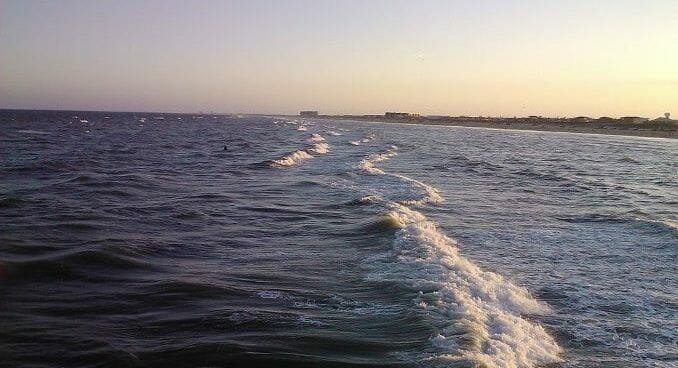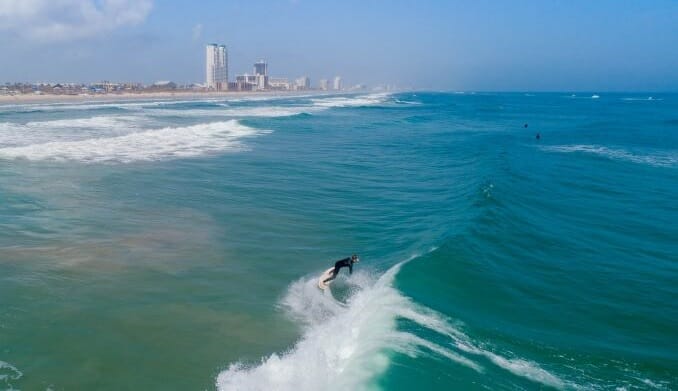Surf’s Up, Y’all: A Guide to Surfing in Texas
Main photo courtesy of South Padre Island.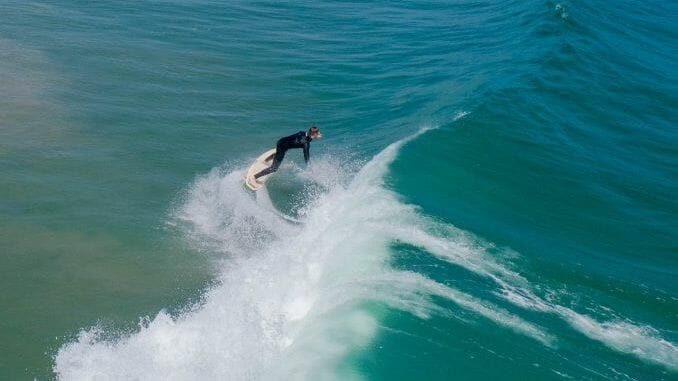
While most Americans, and frankly most Texans, do not correlate the Texas Gulf Coast with surfing, a small but mighty group of surfing enthusiasts living in oceanside towns keep the tradition of surfing alive despite the state’s less than stellar waves. Texas waves tend to be small, inconsistent and mushy. On any given day, however, with an infinite possibility of weather conditions butting up against 371 miles of coastline, the conditions can come together to produce waves as good as Southern California. Even when that doesn’t happen, surfing in Texas is still fun, good exercise and a great excuse to jump in the ocean. Here are the some of the best spots to hit the waves in Texas.
Galveston
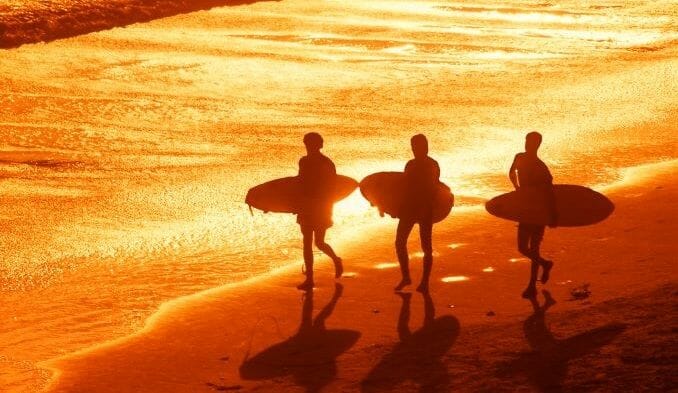
Photo courtesy of Galveston.com
The island of Galveston, just off the coast of Houston, is the northernmost spot in Texas where surfers can find rideable waves. An hour’s drive from one of the most populated cities in America means that the beaches stay crowded during the summer months. Unless there is a tropical storm or low pressure system moving through the area, waves are smaller in the summer, making it the perfect time for beginners working on popping up on the board. In general, waves along the northern part of the coast tend to be mushy and slow, making surfers work for it if they want to ride.
“If you can surf here, you can surf anywhere,” said William “Boog” Cram, owner of Ohana Surf & Skate. The surf shop is located across from one of the mainstays of Texas surfing for the past 60 years. The water near the Galveston Island Historic Pleasure Pier at 25th Street is full year round with surfers trying to catch one of the waves breaking off the pier. Structures like piers or rock jetties that protrude into the water develop sandbars. When a swell encounters the sandbars underwater it pushes upward to form a wave.
If Galveston is too crowded, beaches in nearby Surfside and Quintana just south of the island are fun for surfers of all levels. As one drives south down the Texas coast the water gets bluer, waves get stronger and beaches get less crowded.
Corpus Christi
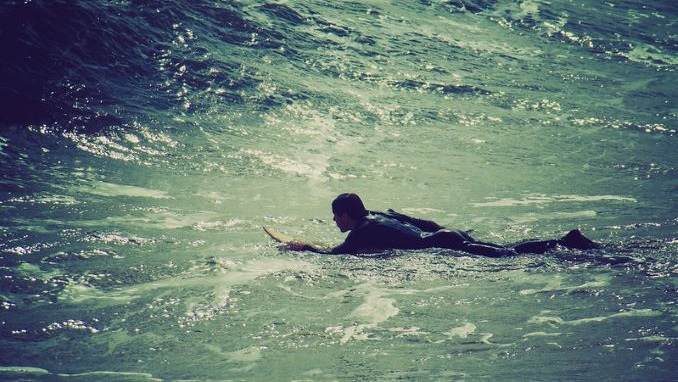
Photo by Nan Palmero under Creative Commons license
One only needs to stop by the Texas Surf Museum to realize that the Texas surfing culture is alive and well in Corpus Christi. The free museum offers visitors a glimpse into the life of a surfer in the Lone Star state with displays of vintage surfboards, photos of local legends, snippets of surf films and vintage surf memorabilia.
-

-

-

-

-

-

-

-

-

-

-

-

-

-

-

-

-

-

-

-

-

-

-

-

-

-

-

-

-

-

-

-

-

-

-

-

-

-

-

-

